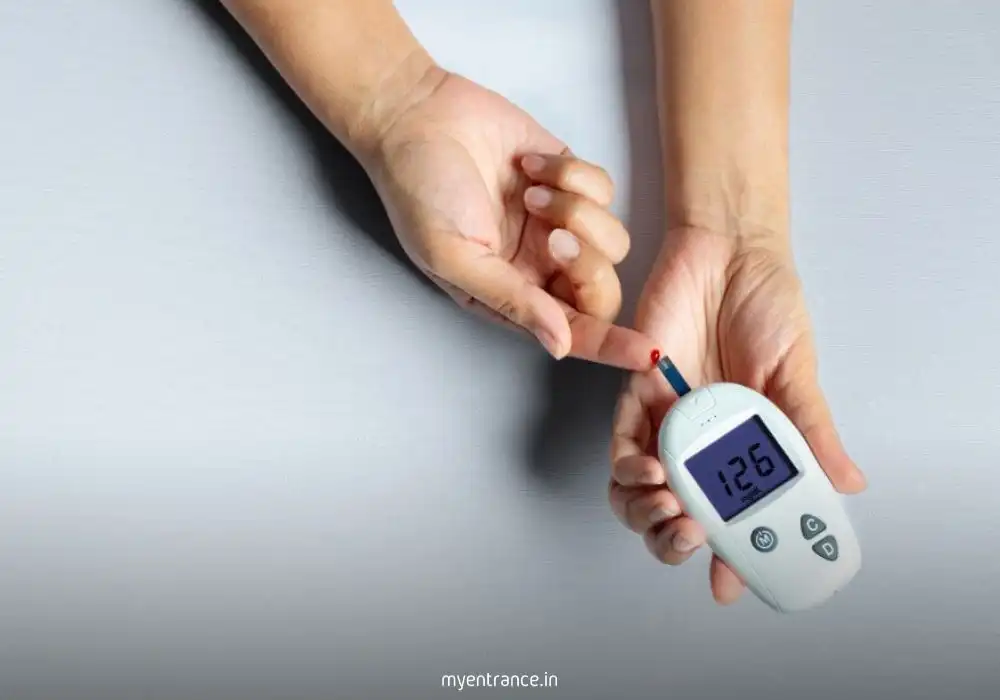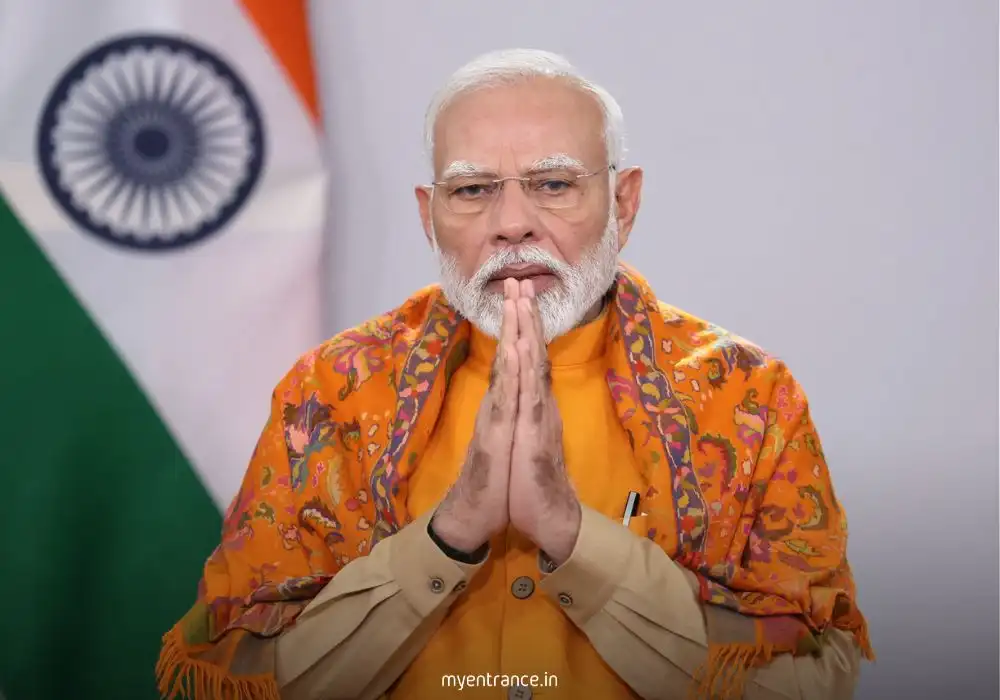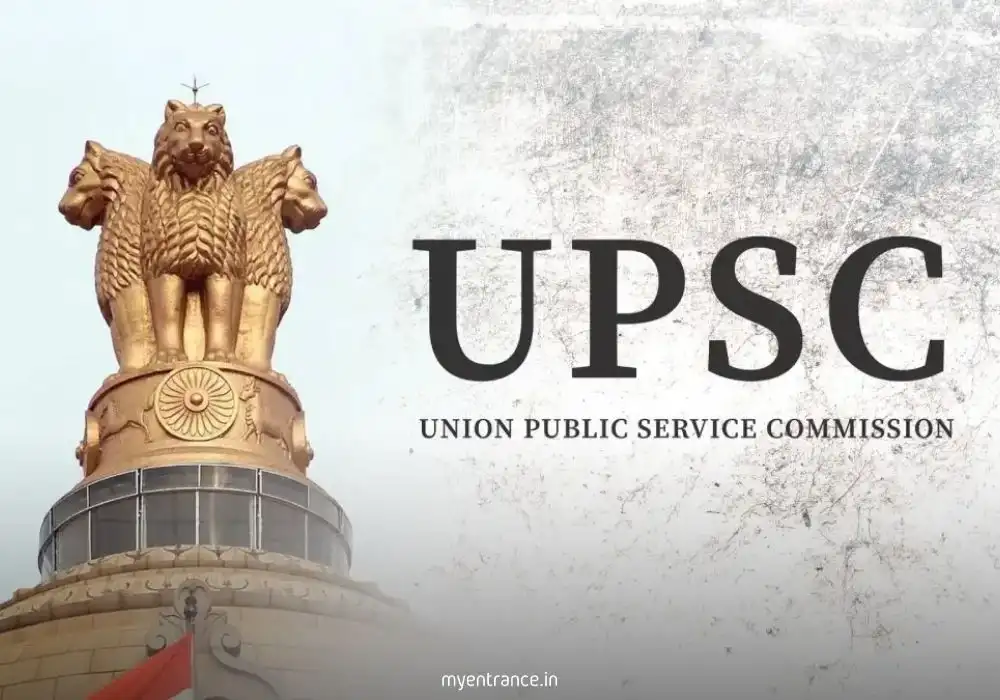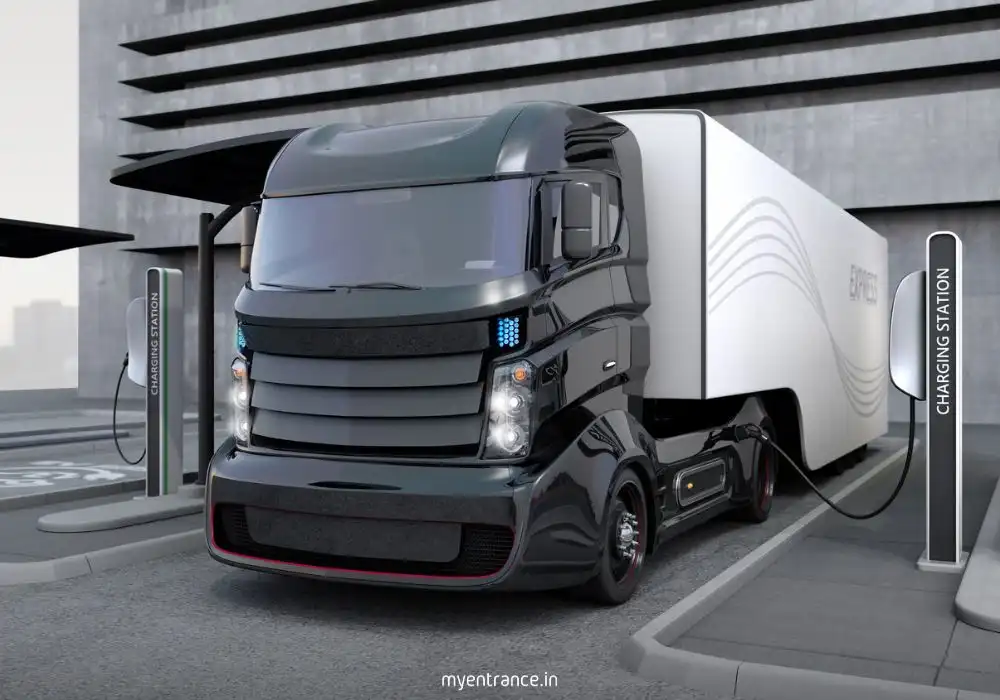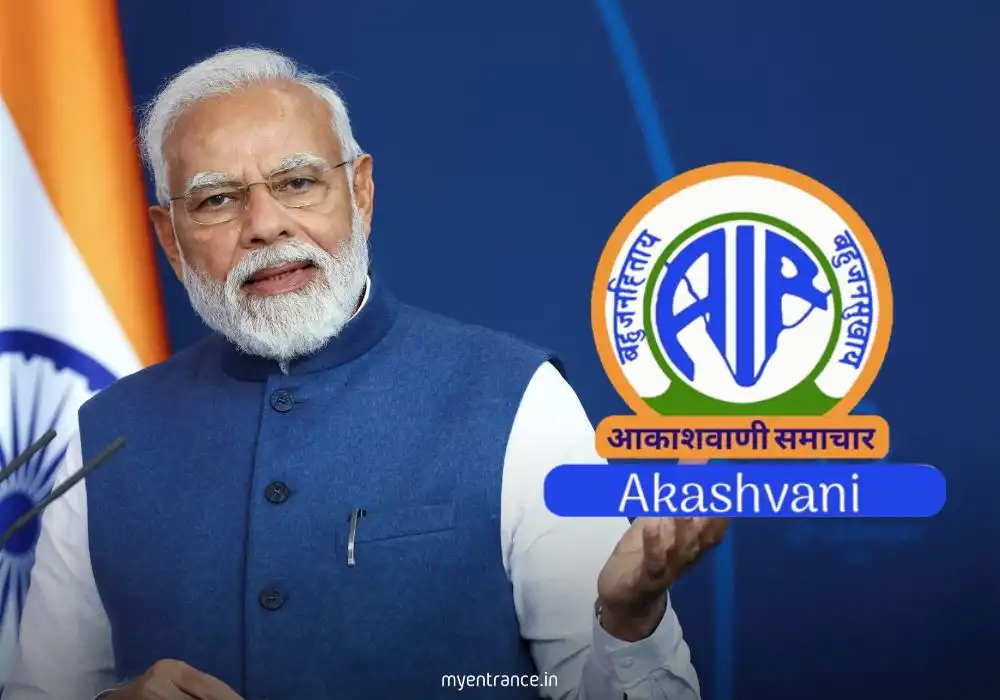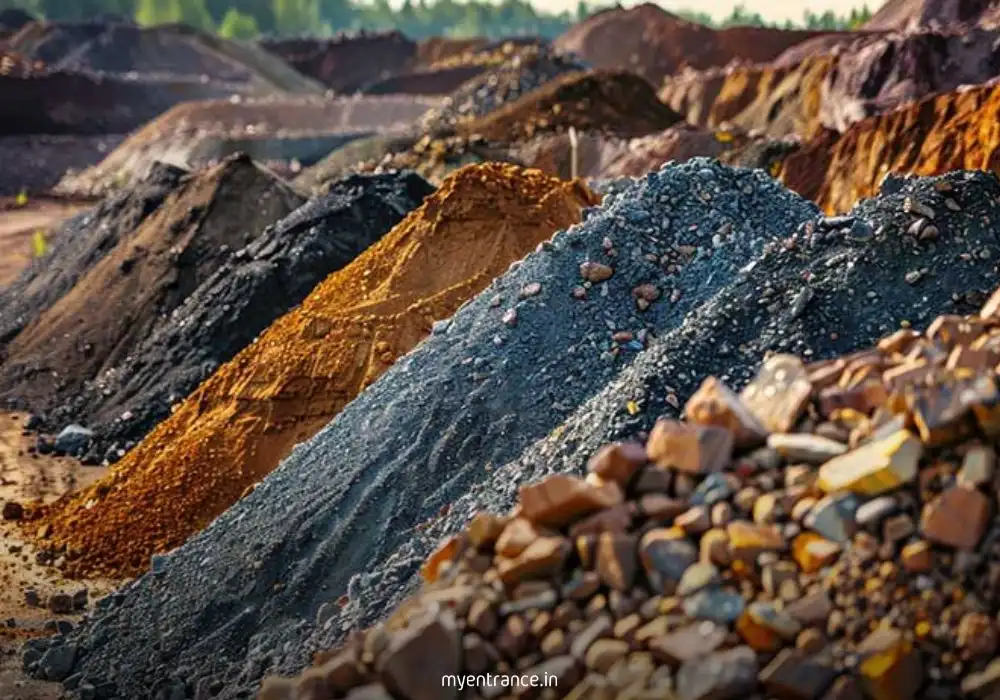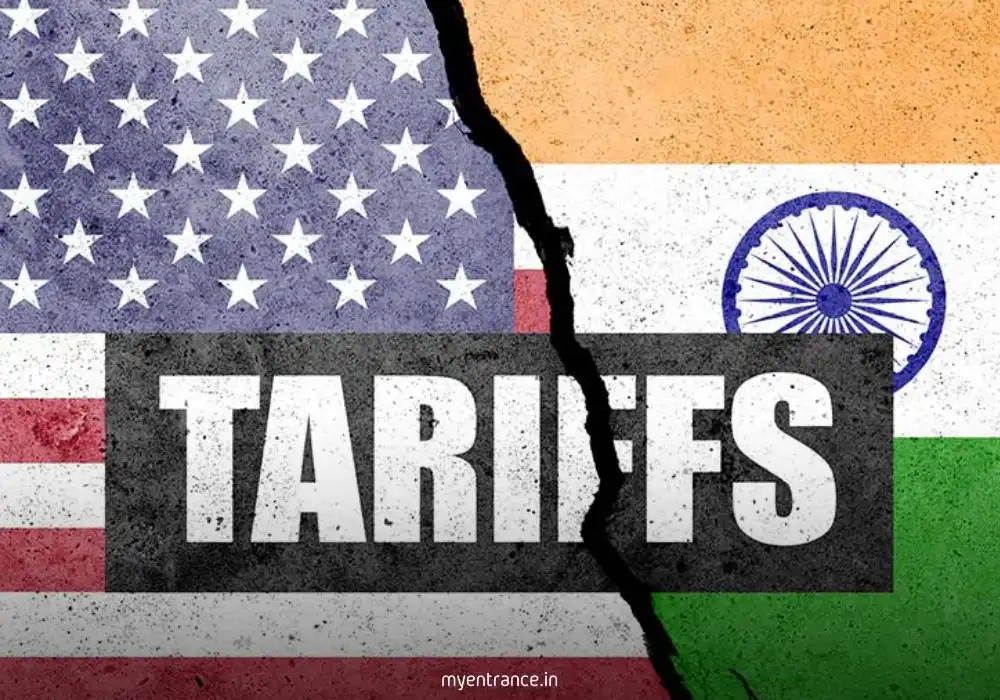Translate Language
Daily Current Affairs Quiz and Key Pointers: 11-08-2025
Today’s current affairs roundup includes key updates on defense, space, agriculture, infrastructure, and governance. Highlights include Operation Sindoor’s success, ISRO’s US satellite launch, PMFBY’s ₹3200 crore payout, and India’s bullet train progress. These topics are essential for aspirants preparing for UPSC, SSC, PSC, and other competitive exams.

Operation Sindoor’s Success – How Make in India & Advanced Tech Strengthened Defence
The Indian Air Force’s Operation Sindoor showcased the effectiveness of indigenous defense technology, with PM Modi highlighting the role of Make in India initiatives. The operation demonstrated India’s air superiority, neutralizing threats with precision.
Key Highlights:
Use of S-400 Triumf missile systems and Rafale jets in neutralizing enemy aircraft.
Emphasis on self-reliance in defense manufacturing under the Atmanirbhar Bharat mission.
A significant milestone in India’s defense preparedness against aerial threats.
Quick Quiz:
Which missile system was prominently used in Operation Sindoor?
Answer: The S-400 Triumf missile system.
What initiative did PM Modi credit for the operation’s success?
Answer: Make in India in defense manufacturing.
How does Operation Sindoor reflect India’s defense capabilities?
Answer: It demonstrates advanced tech integration and air superiority.
Read More: Operation Sindoor Success – Defence Tech & Make in India
New Delhi MPs’ Flats: Modern Design & Sustainable Features Explained
PM Modi inaugurated 184 state-of-the-art Type VII flats for MPs in Delhi, featuring eco-friendly designs, smart amenities, and enhanced security.
Key Features:
Energy-efficient lighting and water-saving fixtures.
Modular kitchens and spacious interiors for convenience.
High-tech security systems for safety.
Quick Quiz:
How many modern flats were inaugurated for MPs?
Answer: 184.
What eco-friendly features do these flats have?
Answer: Energy-efficient lighting and water-saving fixtures.
Why are these flats significant for MPs?
Answer: They offer modern amenities and security.
Read More: New Delhi MPs’ Flats – Design & Features
PMFBY Scheme: ₹3200 Crore Payout for 30 Lakh Farmers – Key Benefits
The government will disburse ₹3200 crore under PMFBY (Pradhan Mantri Fasal Bima Yojana) to 30 lakh farmers, ensuring financial security against crop losses.
Key Aspects of PMFBY:
Covers weather-related and pest-induced damages.
Low premium rates for farmers (1.5%-5%).
Direct benefit transfer (DBT) for quick payouts.
Quick Quiz:
How much will be distributed under PMFBY?
Answer: ₹3200 crore.
How many farmers will benefit from this payout?
Answer: 30 lakh.
What risks does PMFBY cover?
Answer: Weather and pest-related crop losses.
Read More: PMFBY Scheme – ₹3200 Crore for Farmers
ISRO’s Heavyweight Feat: Launching US Satellite – What It Means for India’s Space Dominance
The Indian Space Research Organisation (ISRO) is set to launch a 6,500 kg US communication satellite, marking a major milestone in commercial space missions. This reinforces India’s position as a reliable player in the global satellite launch market.
Key Takeaways:
One of the heaviest payloads launched by India, showcasing GSLV’s upgraded capabilities.
Strengthens India-US space collaboration and boosts revenue from commercial launches.
A stepping stone for future human spaceflight (Gaganyaan) and deep-space missions.
Quick Quiz:
What is the weight of the US satellite being launched by ISRO?
Answer: 6,500 kg.
How does this launch benefit India’s space program?
Answer: Enhances commercial opportunities and showcases heavy-lift capability.
Which ISRO rocket will be used for this mission?
Answer: GSLV (Geosynchronous Satellite Launch Vehicle).
Read More: ISRO’s US Satellite Launch – India’s Space Milestone
INS Udaygiri & Himgiri: How India’s Stealth Frigates Boost Naval Power
The Indian Navy commissioned INS Udaygiri and INS Himgiri, two advanced stealth frigates designed for enhanced surveillance, anti-submarine warfare, and coastal defense.
Salient Features:
Built under Project 17A, featuring radar-evading stealth technology.
Equipped with BrahMos missiles, torpedoes, and advanced sonar systems.
Strengthens India’s maritime security in the Indo-Pacific region.
Quick Quiz:
Which project are INS Udaygiri and Himgiri part of?
Answer: Project 17A.
What makes these frigates “stealth” warships?
Answer: Radar-absorbing materials and low detectability design.
Which missile system is integrated into these frigates?
Answer: BrahMos supersonic cruise missiles.
Read More: INS Udaygiri & Himgiri – India’s Stealth Warships
Mumbai-Ahmedabad Bullet Train: Progress, Challenges & Exam Relevance
The Mumbai-Ahmedabad bullet train project, a flagship initiative under Japan-India collaboration, is making steady progress, with key developments in land acquisition and infrastructure.
Why Aspirants Should Know This:
Expected to reduce travel time to under 3 hours (508 km).
Uses Japanese Shinkansen technology (first outside Japan).
Economic & employment boost through high-speed rail infrastructure.
Quick Quiz:
Which two cities will the bullet train connect?
Answer: Mumbai and Ahmedabad.
Which country is providing technical assistance for this project?
Answer: Japan.
How will the bullet train benefit India’s economy?
Answer: Faster connectivity, job creation, and tech transfer.
Read More: India’s Bullet Train Project – Latest Updates
Satnavri Village: A Model for Digital India in Rural Areas
Satnavri village in Maharashtra has emerged as a digital hub, with initiatives like Wi-Fi-enabled schools, e-governance, and digital farming tools transforming rural life.
Key Initiatives:
100% Aadhaar-linked services for subsidies and pensions.
Smart farming using IoT-based soil sensors.
Women-led digital literacy programs boosting entrepreneurship.
Quick Quiz:
Which state is Satnavri village located in?
Answer: Maharashtra.
How has digitalization helped farmers in Satnavri?
Answer: IoT-based soil sensors for precision farming.
What role do women play in Satnavri’s digital growth?
Answer: Leading digital literacy and entrepreneurship drives.
Read More: Satnavri Village – India’s Rural Digital Revolution
India’s Animal Stem Cell Biobank – A Leap in Biotech Research
India’s first animal stem cell biobank has been established, aiding research in veterinary medicine, endangered species conservation, and drug testing.
Key Benefits:
Preserves genetic material of rare breeds for future cloning.
Supports disease-resistant livestock development.
Reduces dependency on animal testing for pharmaceuticals.
Quick Quiz:
What is the significance of India’s animal stem cell biobank?
Answer: Advances veterinary science and conservation efforts.
How can this biobank help endangered species?
Answer: By storing genetic material for potential cloning.
Which sector benefits from reduced animal testing?
Answer: Pharmaceutical research.
Read More: India’s Animal Stem Cell Biobank – Biotech Breakthrough
India’s Nuclear Power Journey – From Energy Security to Global Leadership
India’s nuclear program has achieved remarkable milestones, positioning the country as a key player in clean energy and strategic deterrence. With 10 nuclear power plants currently operational and more under construction, India is steadily progressing towards its target of 63,000 MW nuclear capacity by 2032.
Key Developments:
Kudankulam Nuclear Power Plant (Units 3 & 4) progressing rapidly with Russian collaboration
Bharatiya Nabhikiya Vidyut Nigam (BHAVINI) advancing fast breeder reactor technology
Thorium-based reactors under development as part of three-stage nuclear program
Nuclear energy contribution expected to reach 9% of total power mix by 2047
Why This Matters for Exams:
Critical for energy security and reducing fossil fuel dependence
Aligns with climate change commitments (Net Zero by 2070)
Showcases indigenous technological advancement in sensitive sector
Quick Quiz:
What is India’s nuclear power capacity target for 2032?
Answer: 63,000 MW
Which organization is responsible for fast breeder reactors in India?
Answer: BHAVINI (Bharatiya Nabhikiya Vidyut Nigam)
What percentage of India’s power mix is nuclear expected to contribute by 2047?
Answer: 9%
Read More: India’s Nuclear Energy Roadmap – Strategic & Exam Perspectives
Telangana Phone Tapping Scandal – What Competitive Exam Aspirants Should Know
The unfolding illegal surveillance scandal in Telangana has revealed widespread phone tapping of politicians, journalists and bureaucrats during the previous BRS government’s tenure, raising serious questions about democratic rights and privacy.
Key Revelations:
Over 1,000 phones allegedly tapped without authorization
Special SIB surveillance team reportedly involved
Targeted opposition leaders, activists and media persons
Raises concerns about misuse of state machinery
Exam Relevance:
Important for polity and governance sections
Highlights right to privacy vs state surveillance debate
Connects to fundamental rights and accountability issues
Quick Quiz:
Which state is currently investigating phone tapping allegations?
Answer: Telangana
What fundamental right does unauthorized phone tapping violate?
Answer: Right to Privacy (Article 21)
Which government body is typically authorized for lawful interception?
Answer: Home Ministry (under specific guidelines)
Read More: Telangana Surveillance Scandal – Governance Lessons
South Asia Nuclear Dynamics – Strategic Stability Challenges
Recent Track-II diplomatic engagements have highlighted the urgent need for nuclear risk reduction measures between India and Pakistan, even as political tensions persist in the region.
Critical Aspects:
No First Use (NFU) policy differences between nuclear neighbors
Growing concerns about terrorism-nuclear weapons nexus
Confidence Building Measures (CBMs) under stress
Space for diplomatic engagement shrinking
UPSC Relevance:
Crucial for international relations paper
Connects to national security strategy
Important for GS Paper III (Security Issues)
Quick Quiz:
What is India’s declared nuclear weapons policy?
Answer: No First Use (NFU)
What type of diplomatic talks are called Track-II dialogues?
Answer: Unofficial, informal diplomatic engagements
Which agreement between India and Pakistan deals with nuclear risk reduction?
Answer: Agreement on Reducing Risk of Nuclear Accidents (2007)
Read More: South Asia Nuclear Stability – Strategic Analysis
Changing Face of Indian Farming – Herbicide Use Trends & Consequences
Indian agriculture is witnessing a quiet herbicide revolution, with glyphosate-based weed killers seeing 300% growth in usage over the past decade, transforming traditional farming practices.
Key Trends:
Shift from manual weeding to chemical solutions
Cotton and soybean crops leading herbicide adoption
Rising concerns about groundwater contamination
Herbicide-resistant weeds emerging as new challenge
Exam Significance:
Important for agriculture and environment topics
Connects to sustainable farming discussions
Relevant for science and technology applications
Quick Quiz:
Which crops are driving herbicide usage in India?
Answer: Cotton and soybean
What is the primary environmental concern regarding herbicides?
Answer: Groundwater contamination
What new agricultural challenge is emerging from herbicide overuse?
Answer: Herbicide-resistant weeds
Read More: Herbicides in Indian Agriculture – Pros and Cons
Get 3 Months Free Access for SSC, PSC, NIFT & NID
Boost your exam prep!
Use offer code WELCOME28 to get 3 months free subscription. Start preparing today!
